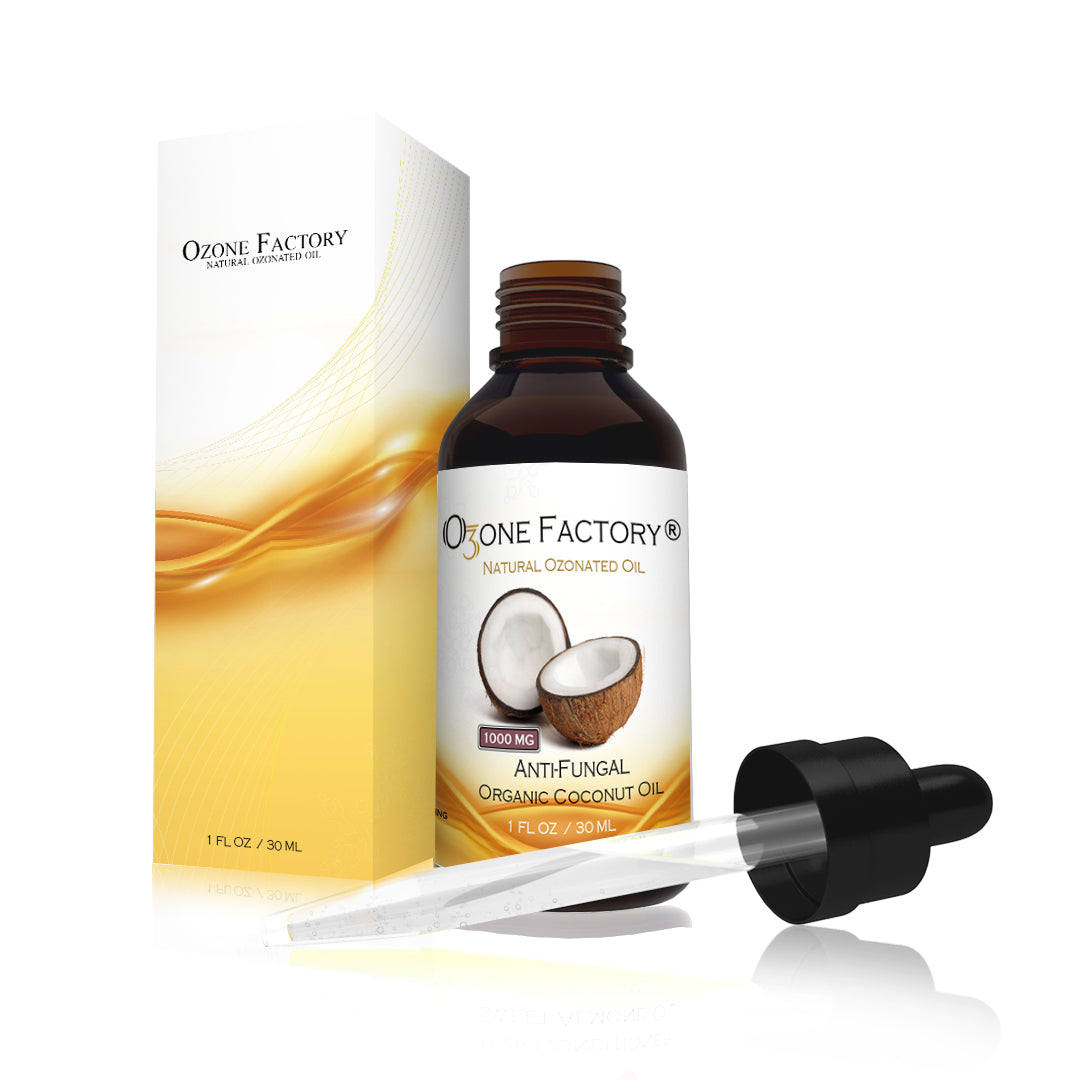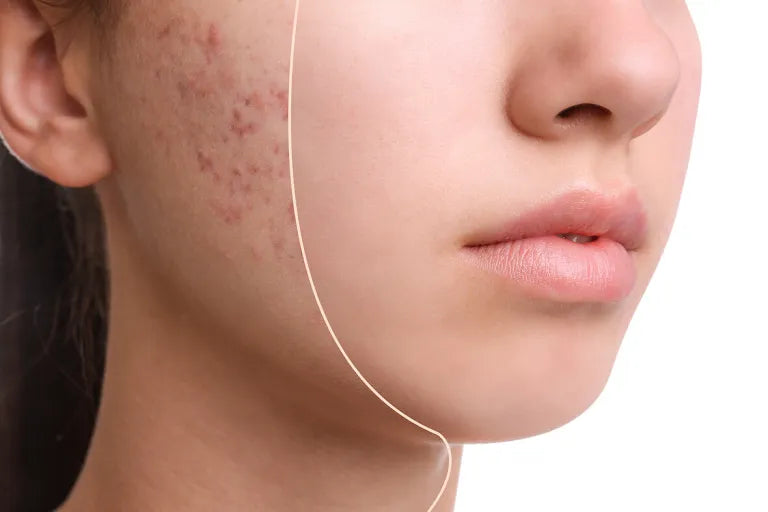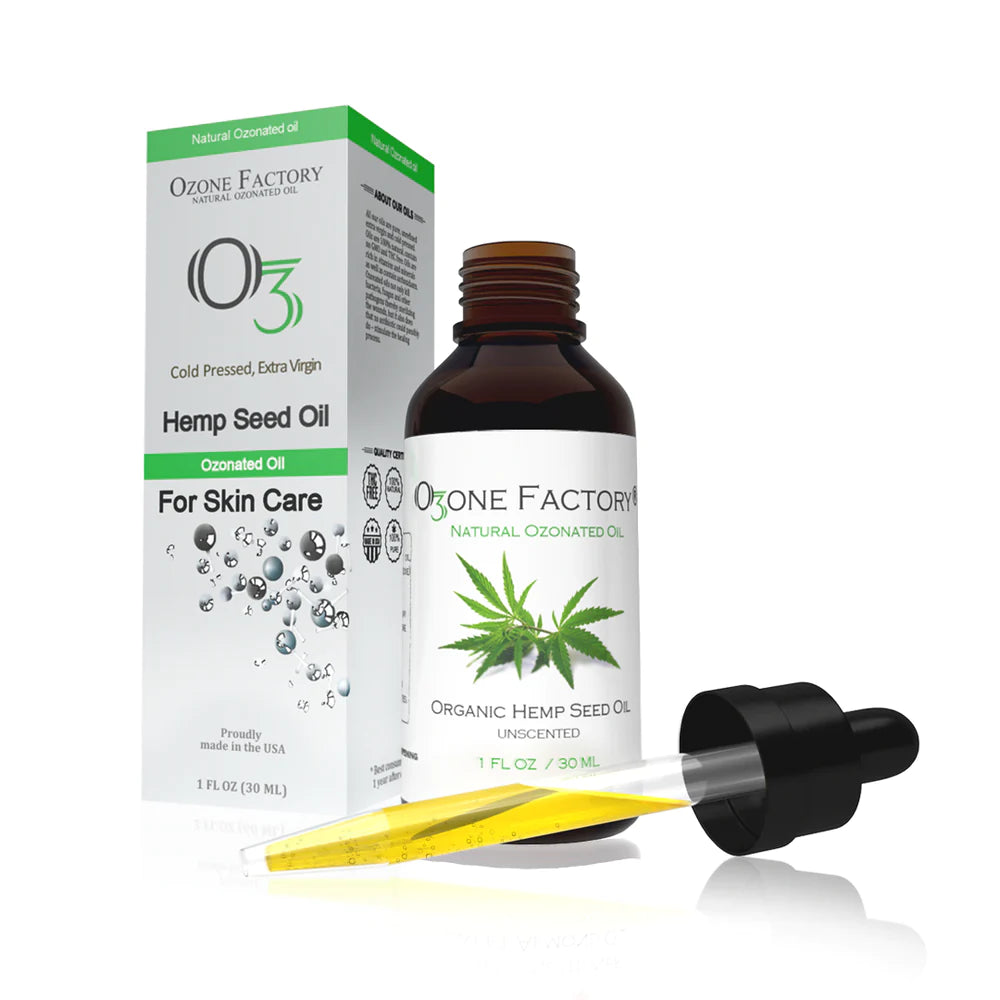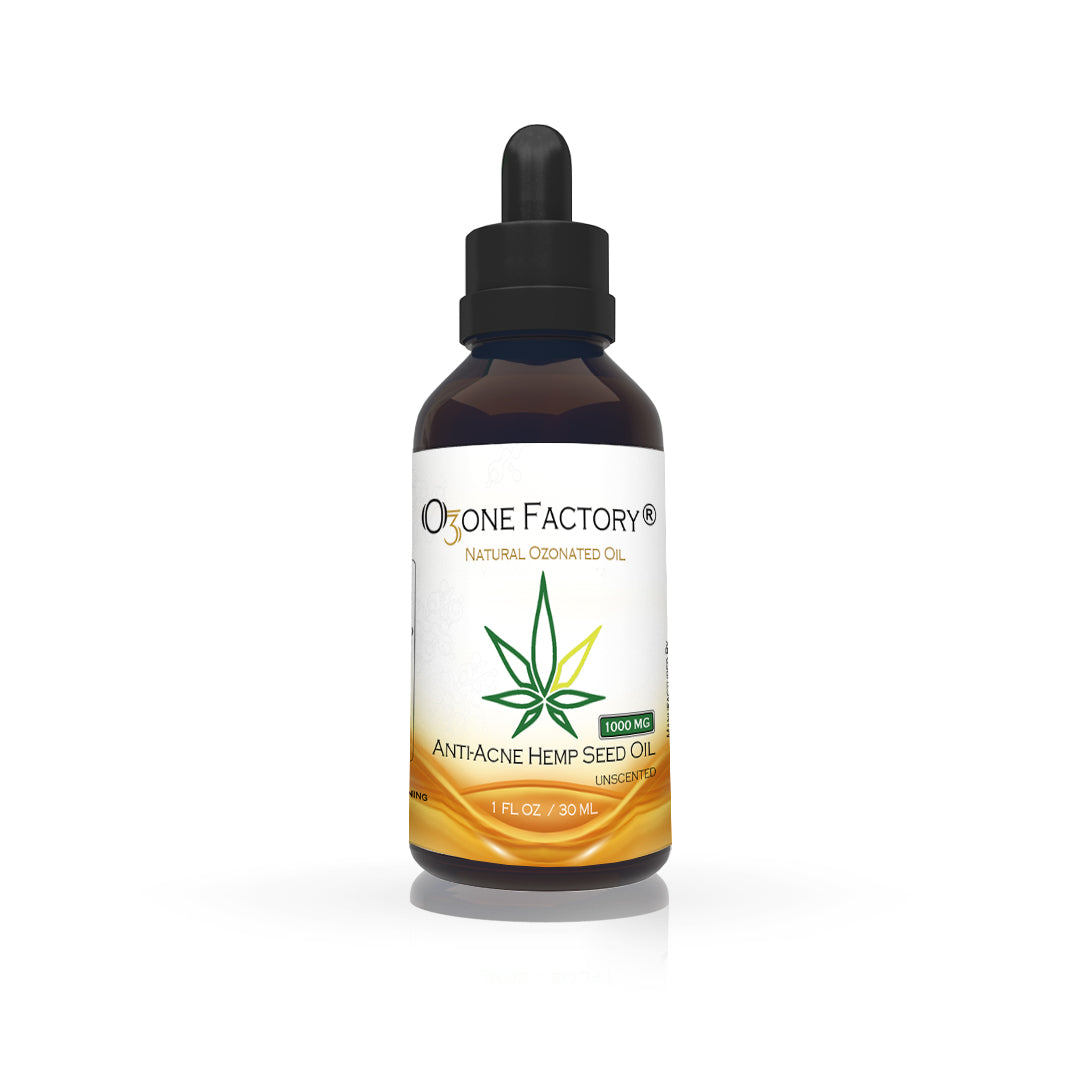How Does Ozone Act? How and Why Can We
Avoid Ozone Toxicity?
Therefore it should be clear that some of ozone dose is neutralized by the antioxidants present in plasma and only the reaction with PUFA is responsible for the biological and therapeutic effects. This should clarify why a very low ozone dose can be ineffective or equivalent to a placebo. Moreover, after ozonation of human blood, the antioxidant capacity measured in plasma decreases no more than 30% after about 5 min but returns to the normal value during t he following 15 min, thanks to the rapid r eduction of t he oxidized antioxidants operated by erythrocyte. This result emphasizes that even the higher ozone dose (80 mcg/ml gas per ml of blood) never overwhelms the antioxidant capacity of plasma and insures against any damage to blood cells.
ROS include several radicals as anion superoxide (O•−2 ), nitrogen monoxide (NO•), peroxynitrite (O=NOO–), the already mentioned hydroxyl radical and other oxidant compounds such as hydrogen peroxide and hypoclorous acid (HClO). All of these compounds are potentially cytotoxic luckily have a very short half-life (normally a fraction of a second) and both the plasma and cells have antioxidants able to neutralize them, if their concentrations do not overwhelm the antioxidant capacity. This concept emphasizes why the ozone dose must be precise and well calibrated against the antioxidant capacity of blood thus capable of triggering useful reactions without procuring any damage.
The scheme intends to show that ozone dissolved in the plasmatic water reacts immediately with a number of biomolecules and disappears. The compounds generated during the reactions (ROS and LOPs) represent the “ozone messengers” and are responsible for the biological and therapeutic effects.
The multivaried biological response of the organism to ozonized blood can be envisaged
by considering that ozonized blood cells and the generated LOPs interact with a number of organs. Some of these represent real targets (liver in chronic hepatitis, vascular system for vasculopathies), while other organs are probably involved in restoring normal homeostasis. CNS: central nervous system, GIT: gastrointestinal tract, MALT: mucosal associated lymphoid tissue
LOPs generated after peroxidation of a great variety of PUFAs are heterogenous and briefly are represented by peroxyl radicals (ROO•), a variety of hydroperoxides (R–OOH) and a complex mixture of low molecular weight aldehydic end products, namely malonyldialdeyde (MDA), and alkenals, among which 4-hydroxy-2,3 transnonenal (4-HNE), which is potentially cytotoxic. The chemistry and biochemistry of these compounds has been masterfully described by Esterbauer’s group (1991). If one thinks about the wealth and chemical heterogeneity of lipids, glycolipids and phospholipids present in plasma, it becomes difficult to imagine how many potent, potentially noxious, compounds can be generated by the lipids reacting with ozone. During one of my several disputes with American referees, a distinguished scientist wrote: “It is grotesque to think that any Western World Drug Regulating Agency would condone infusing the hodgepodge of ozonized products to treat diseases, although it is probable that the products would initiate and/or modulate a wide spectrum of inflammatory-immune processes to varying degrees”.
In opinion of Italian Professor Velio Bocci: " This referee missed what I believe is the formidable strength of ozonetherapy: provided that we can control (by using precise ozone concentrations exactly related to the blood volume and antioxidant capacity) the amount of LOPs, we can achieve a multitude of biological effects unthinkable with a single drug. Indeed a great expert in antioxidants, Prof Lester E. Packer, University of California at Berkeley wrote me that the hypothesis that a small dose of ozone can elicit a number of antioxidant responses useful to the organism is quite reasonable and in line with current thinking.
The next simple scheme ought to fix in the reader’s mind this crucial point and the sequence of events eventually leading to the therapeutic results: ROS are produced only during the short time that ozone is present in the glass bottle, ex vivo, and they yield EARLY biological effects on blood, whereas LOPs, which are simultaneously produced, have a far longer half-life and, during the reinfusion of ozonated blood in the donor, they reach the vascular system and practically all the organs where they trigger LATE effects."
We have come to a critical point: how can we reconcile the production of toxic compounds with the idea that these compounds exert important biological and therapeutic effects?
Let us first examine the behaviour and pharmacodynamic of hydrogen peroxide, which in practical terms is the most important ROS. As soon as ozone dissolves in the plasmatic water and reacts with PUFAs, the concentration of hydrogen peroxide starts to increase but, just as rapidly, decreases because this unionized molecule diffuses quickly into erythrocytes, leukocytes and platelets, where it triggers several biochemical pathways.
Does the increased intracellular concentration of hydrogen peroxide become
toxic for the cell?
Absolutely no! Because, at the same time, it undergoes reduction to water in both plasma and intracellular water, thanks to the presence of powerful antioxidant enzymes such as catalase, glutathione-peroxidase (GSH-Px) and free reduced glutathione (GSH). Perhaps for a few seconds, the chemical gradient between plasma and the intracellular concentration of hydrogen peroxide has been estimated to range from 1 to 4–5 μM equivalent to about 10% of its plasma concentration, which avoids any toxicity.
The transitory presence of hydrogen peroxide in the cytoplasm means that it acts as one of the ozone chemical messengers and that its level is critical: it must be above a certain threshold to be effective but not too high to become noxious. In studies conducted by Velio Bocci and co, performed with human blood exposed to ozone concentrations ranging from 20 to 80 mcg/ml per ml of blood, the process of hydrogen peroxide generation, diffusion and reduction was found always extremely transitory (Bocci et al., 1993a, b, 1998a, b) even though Halliwell et al. (2000a, b) consider this molecule physiologically ubiquitos
in the body.
Moreover hydrogen peroxide is recognised as an intracellular signaling molecule able to activate a tyrosine kinase, which phosphorylates a transcription factor (Nuclear Factor KB, NFKB), which allows the synthesis of a number of different proteins . Basically hydrogen peroxide functions by oxidizing cysteines, and Velio Bocci and Others have found that it acts on blood mononuclear cells (Bocci and Paulesu, 1990; Bocci et al., 1993b, 1998a; Reth, 2002), on platelets (Bocci et al., 1999a), on endothelial cells (Valacchi and Bocci, 2000) and on erythrocytes (Bocci, 2002). ROS entering into the erythrocytes are almost immediately reduced (hydrogen peroxide to water and lipoperoxides to hydroperoxides) at the expense of GSH. The enormous mass of erythrocytes can easily mop up hydrogen peroxide and, within 10–15 min, marvellously recycle back oxidized antioxidants in reduced form. While glutathione reductase (GSH-Rd) utilises the reduced nicotinamide adenine dinucleotide phosphate (NADPH, this coenzyme serves as an electron donor for various biochemical reactions) to recycle oxidized glutathione (GSSG) to the original level of GSH, the oxidized NADP is reduced after the activation of the pentose phosphate pathway, of which glucose-6-phosphate dehydrogenase (G-6PD) is the key enzyme. Thus, glycolysis is accelerated with a consequent increase of ATP levels. Moreover the reinfused erythrocytes, for a brief period, enhance the delivery of oxygen into ischemic tissues because of a shift to the right of the oxygen-haemoglobin dissociation curve due either to a slight decrease of intracellular pH (Bohr effect) or/and an increase of 2,3 diphosphoglycerate (2,3-DPG) levels.

A summary of the biological effects elicited during exposure of human blood to oxygenozone, ex vivo and during its reinfusion in the donor.
To be continued...
Sources:
Velio Bocci
Ozone a new medical drug.











